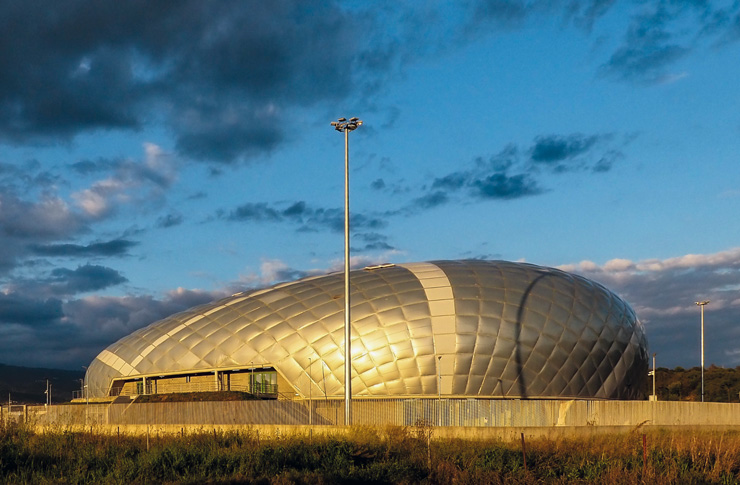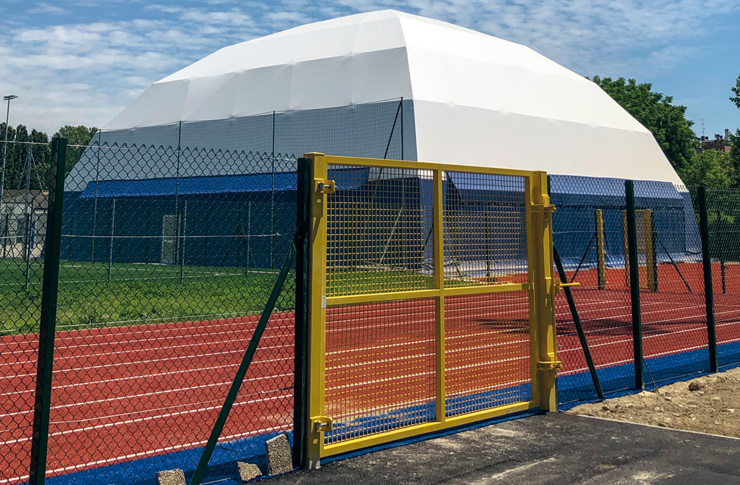Sustainable Designing – 3. Mitigation and adaptation are two ways of dealing with climate change in the daily practice of land planning and the design, construction and management of any building. To understand what to do, it is necessary to know the exact characteristics of the problem.
The climate crisis: mitigation and adaptation
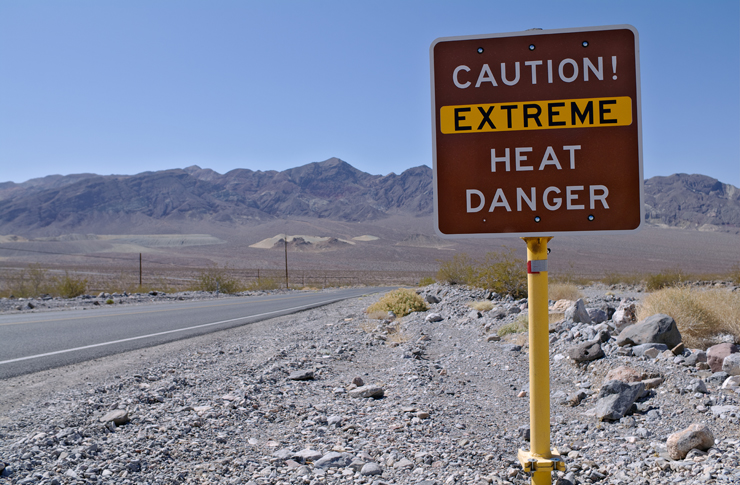
Death Valley National Park, California (photo Angel DiBilio/Shutterstock).
An objective fact today is the overall increase in the temperature of the atmosphere, at any latitude and in any area of the globe. Today’s prevailing scientific analysis (that disclosed by the IPCC) through interpolation and correlation of data deduces that the current atmospheric warming is due to the increase in the percentage of carbon dioxide in the atmosphere; and that this increase, in turn, is due to man’s burning of fossil fuels.
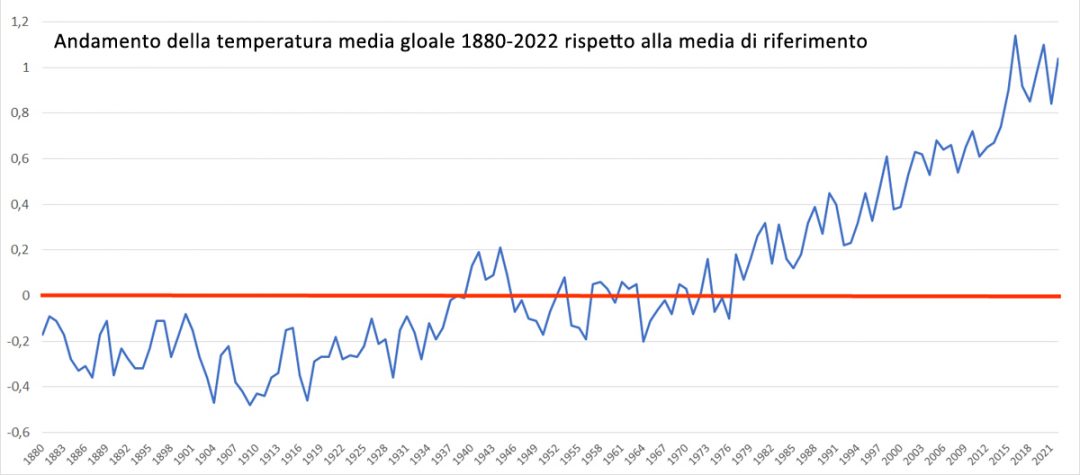
The global temperature anomaly compared to the 1961-1990 average (source: GISTEMP Team, 2023: GISS Surface Temperature Analysis (GISTEMP), version 4. NASA Goddard Institute for Space Studies. Dataset accessed 2023-08-08 at https://data.giss.nasa.gov/gistemp/).
It follows that to curb global warming, man should stop consuming fossil fuels. Mitigating the phenomenon is a task for society in a global sense and is not within our reach or scale, unless by contributing in our own small way to the better use of environmental resources, as the various sustainability protocols teach us.
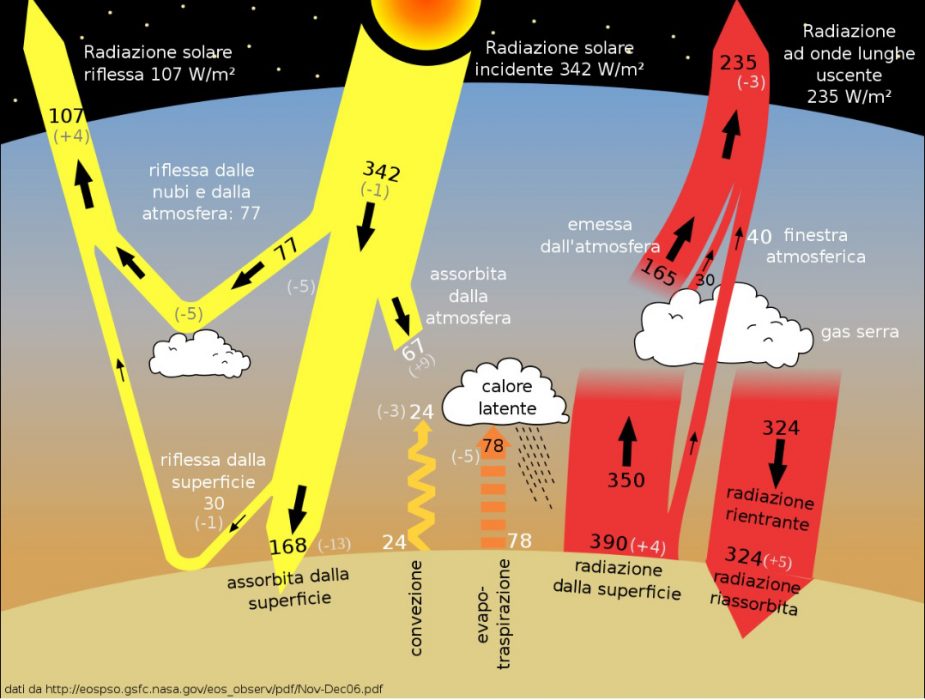
Schematic of the Sun/Earth radiative balance: data in brackets are the variations over 10 years (source Nasa/eos – public domain).
Instead, it is necessary to find the best ways to adapt, parameterising the characteristics of our projects to an overall warmer climate (hence with natural and efficient systems of thermoregulation of buildings, use of vegetal species suited to the new climate, and whatever else the history of architecture already teaches us).
The case of the urban heat island is different.
The solar radiation that reaches the earth is not able to heat the atmosphere directly. Instead, surfaces hit by the sun, depending on their characteristics, can re-emit the received radiation in the form of thermal energy (long waves).
Since artificial surfaces have a much greater capacity to store heat than natural surfaces – vegetation in particular – this results in a greater warming of the atmosphere, in the lower layers, at urbanised areas.
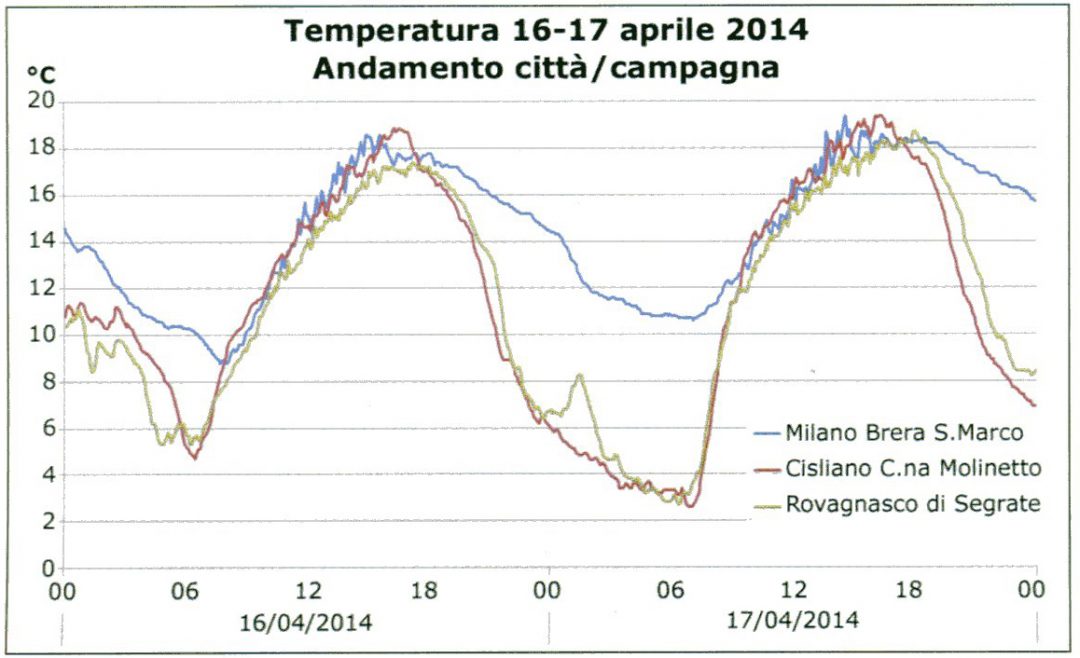
The temperature trend over 48 hours at three locations in the Milan area: one urban and two suburban (source: Centro Meteo Lombardo).
The urban heat island phenomenon can therefore be immediately addressed through its mitigation, by adopting grass surfaces or cladding materials and roofing with a high SRI index as much as possible. The result in terms of microclimate will be instantaneous.
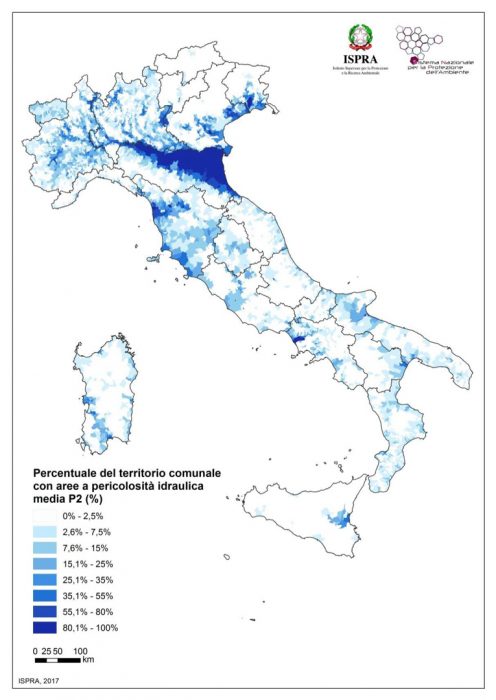
Finally, the correlation between global warming and the frequency of exceptional weather phenomena is a hypothesis (given the greater energy involved) but is not scientifically verified at present.
However, even in the face of these events there are two attitudes to take: that of adaptation to the phenomena (which we cannot change) and mitigation of damage (which we can prevent or reduce).
Flood-prone areas have been known for a long time; if an exceptional meteorological event can occur anywhere, prevention consists in the correct planning of the territory, and at the same time in the preparation of works that limit disruptions and regulate water. At the scale of the individual project, it is a matter of taking all risks into account: flooding, exceptional winds, hailstorms, adapting construction parameters.
About the IPCC
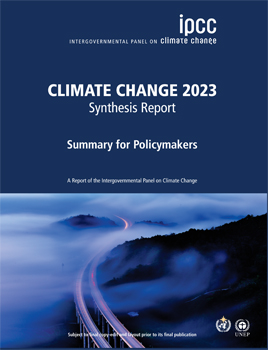
The Intergovernmental Panel on Climate Change (IPCC) is the United Nations body for assessing the science related to climate change. It was established by the United Nations Environmental Programme (UNEP) and the World Meteorological Organization (WMO) in 1988 to provide political leaders with periodic scientific assessments about climate change. The IPCC has 195 member states that are members of the UN or WMO.
Thousands of people from all over the world contribute to the work of the IPCC. For the assessment reports, experts volunteer their time as IPCC authors to assess the thousands of scientific papers published each year to provide a comprehensive summary of what is known about the drivers of climate change, its impacts and future risks, and how adaptation and mitigation can reduce those risks. An open and transparent review by experts and member governments is an essential part of the IPCC process to ensure an objective and complete assessment and to reflect a diverse range of views and expertise.
The other topics of the Sustainable Designing Special Report:
- 1 – The limits to growth and the sustainable designing
- 2 – Minimum Environmental Criteria for Designers
- 4 – Venice 2023: from architecture to art, climate in evidence
- 5 – Sustainability in the new FIFA Guidelines
- 6 – The sustainability of sports facilities.
- 7 – Large North American sports facilities
- 8 – Aarhus + Forest Green Rovers: a vision of environmentally sustainable stadiums
- 9 – Parma: complementary spaces for the Anna Frank School.








